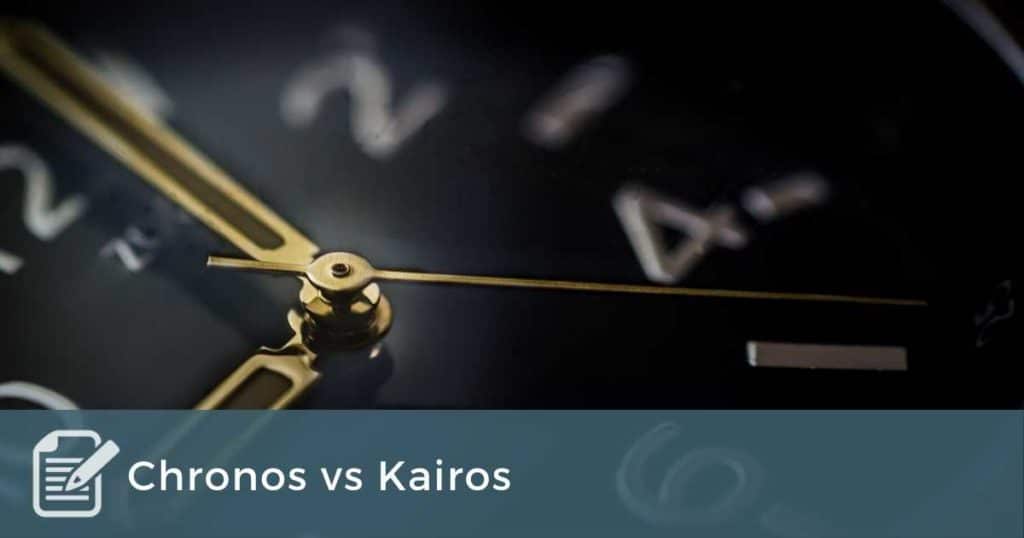 When helping clients design actions, it’s important to identify timelines. After all, real actions take place in real space and time. Putting a timeframe or timeline to the action will make a conceptual action more concrete and more tangible (thereby increasing the likeliness that the client will take the action). However, not all action plans lend themselves to putting the action on the calendar. This is why I tend to think of timeframe in two ways: kairos and chronos. These two Greek words represent two approaches to time from the New Testament. Let’s explore them a bit to help you be an even more effective coach when it comes to designing client actions.
When helping clients design actions, it’s important to identify timelines. After all, real actions take place in real space and time. Putting a timeframe or timeline to the action will make a conceptual action more concrete and more tangible (thereby increasing the likeliness that the client will take the action). However, not all action plans lend themselves to putting the action on the calendar. This is why I tend to think of timeframe in two ways: kairos and chronos. These two Greek words represent two approaches to time from the New Testament. Let’s explore them a bit to help you be an even more effective coach when it comes to designing client actions.
Chronos time is sequential and measured. It’s the kind of time that is indicated on a clock or a calendar. Chronos time is objective. Renewing your ICF credential involves chronos time because the renewal application has a firm deadline that you can mark on the calendar. Similarly, a student’s final paper has a due date.
Many coaching actions benefit from a chronos timeline. The coach asks, “When do you want to have that conversation?” or, “What day will you write that email?” or, “What day next week will you dedicate three hours to that project?” By locating a specific day and time for the action, the action gets located in real time and the client knows exactly when to take the action. That kind of specificity greatly diminishes the muddy mystery that accompanies the lingering question of “When?” Until “When?” is answered, some degree of uncertainty remains.
Kairos time is momentous time. While a pregnancy involves a chronos due date, most mothers give birth according the kairos moment: the ripe and correct time for delivering the baby. While kairos time is subjective, it can still involve planning and recognition. Again, a pregnant mother prepares by recognizing the signs that will indicate it’s time to go to the hospital or call the midwife.
Many coaching actions benefit from inviting the client to explore kairos timing and planning. For example, a business owner who wants to have a critical conversation with a key employee might be able to put the conversation on the calendar (chronos), but it’s just as likely that the client needs to identify the signs of the right time. Perhaps the owner wants to hold the conversation the next time the employee requests time off or displays a certain action. By recognizing the trigger for taking the action, the client has put the action into a specific timeframe, even though the action cannot makes its way onto a calendar or be triggered by a reminder.
Your coaching will get a boost when you help clients design actions that are timely. After all, it’s not enough merely to identify the action, you must support the client in designing the action, and committing to a specific time when they will take the action is foundational to good design. But don’t get enslaved to chronos time. While that form of time is helpful in many instances, it’s completely inappropriate for other coaching actions. When the client’s action doesn’t lend itself to a spot on the calendar, invite the client to identify the indicators for the right time to take the action. Your client will appreciate the flexibility of your approach and will benefit from having a specific trigger as part of the action design.


